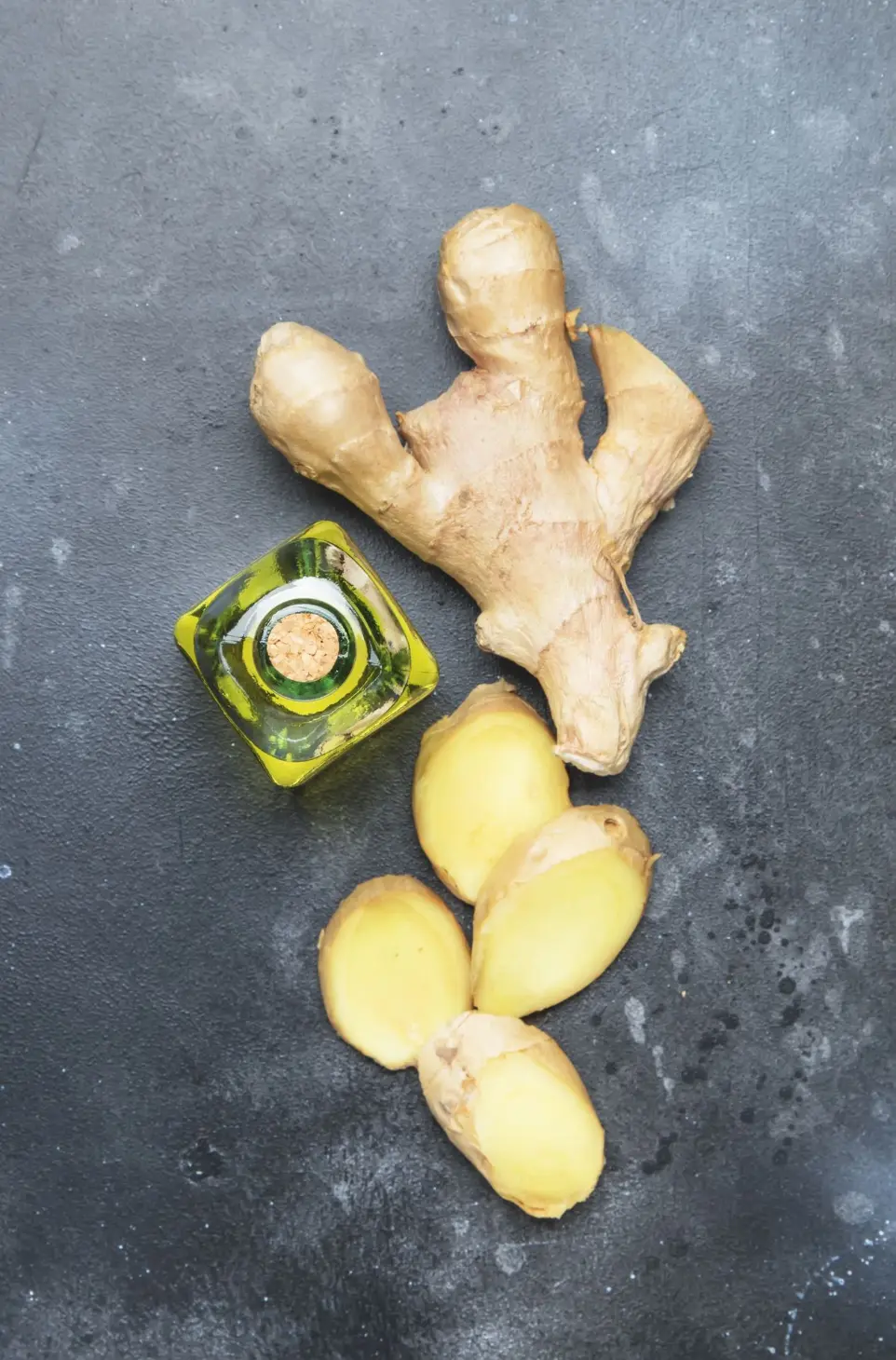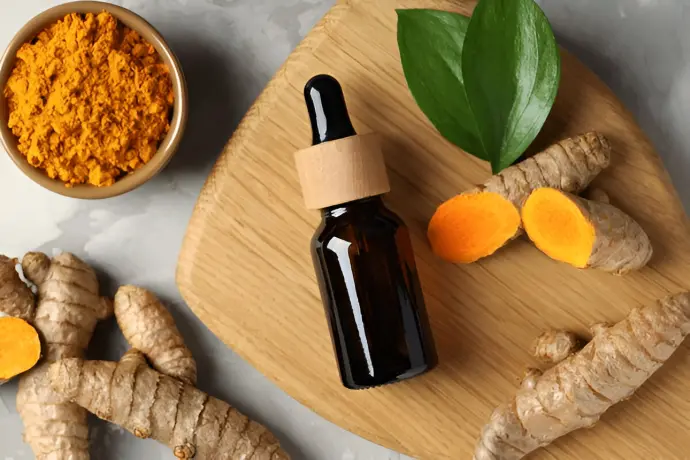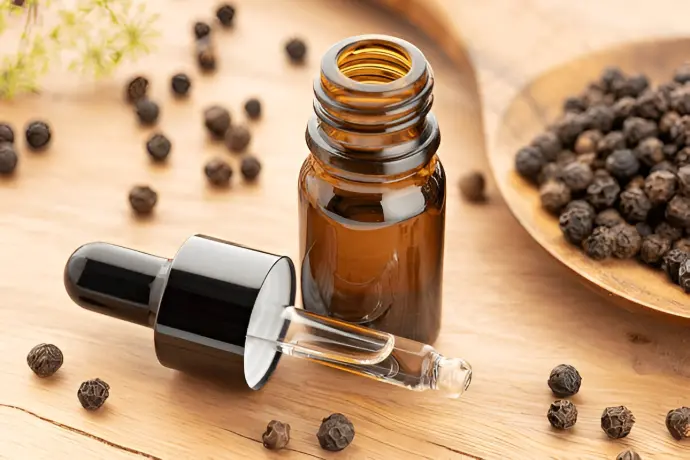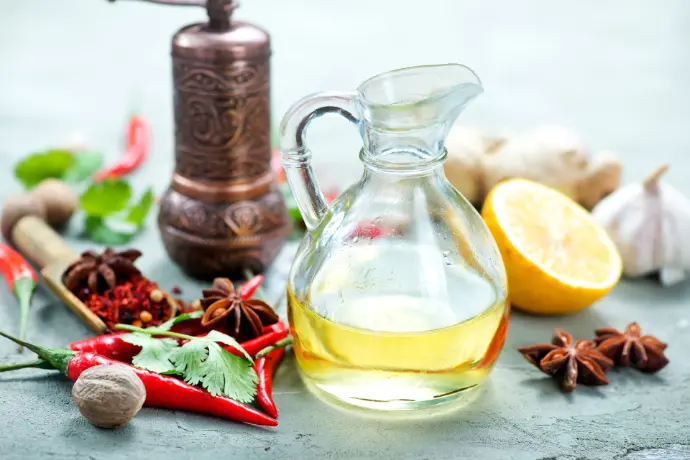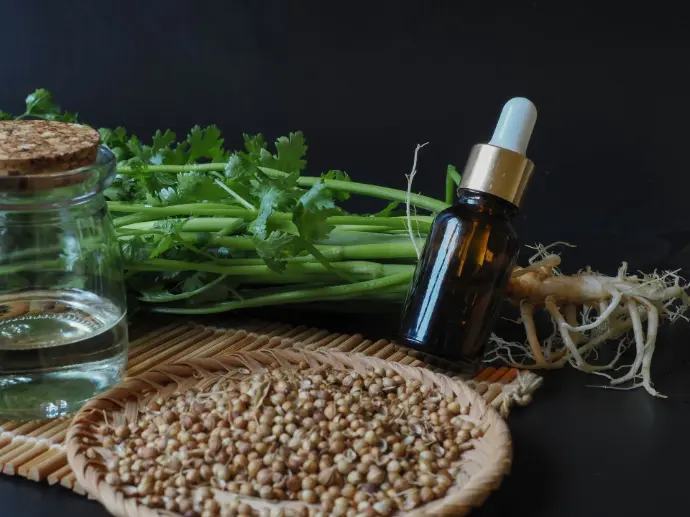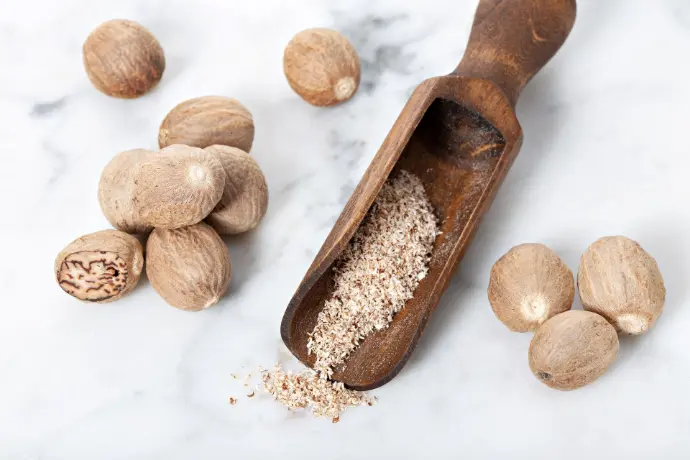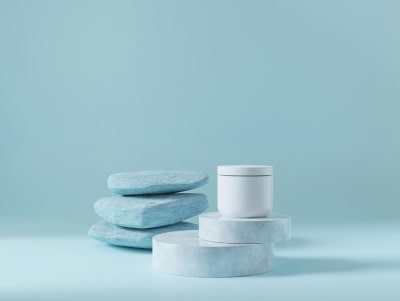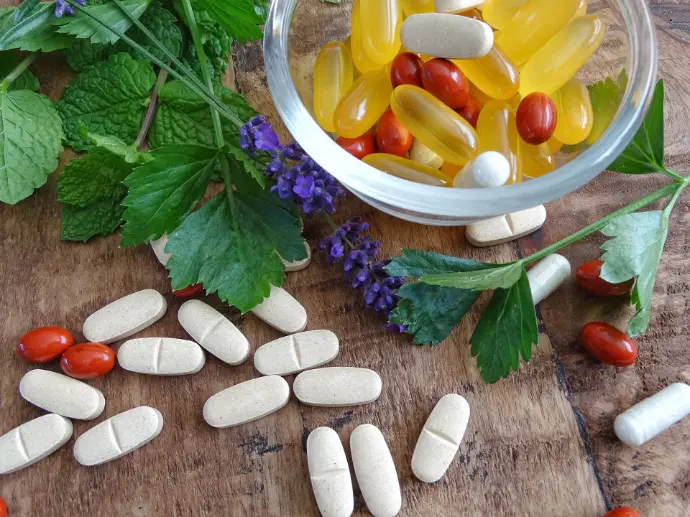About Product
Ginger oleoresin is a thick, reddish-brown liquid squeezed from the dried roots of Zingiber officinale. Chances are you already know ginger as the spice that makes pickles pop, warms up curry, and gives tea its cozy bite. Folks have turned to this root for centuries because it seems to put a dent in stomach aches, sore throats, and the occasional cough.
Scientists point to compounds called gingerols, shogaols, and zingerone for most of those perks. The gingerols and shogaols pack the heat while zingiberene and bisabolene add that sharp, peppery scent. Tiny bits of resin, protein, starch, and trace minerals hitch a ride in the oleoresin but take a back seat to the big players.
Many of us just chop the fresh root and toss it into morning tea without a second thought. Cookbooks everywhere recommend ginger for vegetables, meat dishes, and even homemade soda. Doctors often mention the spice when nausea, heartburn, or motion sickness strike. Research labels ginger a handy little source of antioxidants, too, so the root keeps proving its worth long after the kettle is put away.
A green extraction process called supercritical fluid extraction (SCFE). This eco-friendly method lets us stockpile ginger oleoresin in a huge storage facility, so we can ship big orders on short notice.
Because we use only top-grade raw ginger vetted in-house by skilled quality control analysts, customers can count on consistent product quality.
We customize each shipment to match client specifications and still deliver a world-class ginger oleoresin that meets global standards.
Composition
- Gingerols: The primary bioactive compounds responsible for ginger’s spicy flavor and many of its health benefits, including anti-inflammatory and antioxidant properties.
- Essential Oils: Contains compounds like zingiberene, citral, and camphene, which contribute to the strong, warm, and aromatic fragrance of ginger.
- Other Components: Organic acids, resins, sugars, proteins, and other phytochemicals that enhance the flavor and therapeutic qualities of the oleoresin.
Physical Characteristics
- Appearance: Golden yellow to amber viscous liquid, or semi-solid, depending on concentration.
- Odor: Strong, spicy, and warming fragrance typical of ginger.
- Taste: Sharp, spicy, and slightly sweet flavor, characteristic of fresh ginger.
Health Benefits
- Anti-inflammatory & Pain
Relief:
Ginger Oleoresin, rich in gingerols, is well-known for its anti-inflammatory properties, which help in reducing pain and inflammation, particularly in conditions like arthritis and muscle pain. - Digestive Health:
It supports healthy digestion by promoting the secretion of digestive enzymes, relieving indigestion, bloating, and nausea. - Antioxidant Protection:
Offers strong antioxidant effects, protecting cells from oxidative damage and supporting general well-being. - Nausea & Vomiting Relief:
Ginger has been traditionally used to help alleviate nausea and vomiting, making it particularly useful in treating motion sickness, morning sickness, and nausea due to chemotherapy. - Improved Circulation:
It helps stimulate blood circulation, which is beneficial for overall health and skin rejuvenation.
- Anti-inflammatory & Pain
Relief:
Key Features
- Source: Extracted from ginger rhizomes (Zingiber officinale).
- Active Ingredient: Gingerols, zingiberene, and other essential oils.
- Extraction Method: Solvent extraction and steam distillation.
- Physical Characteristics: Golden yellow to amber viscous liquid with a strong, spicy, warming aroma.
- Applications: Food, cosmetics, pharmaceuticals, fragrance.
- Health Benefits: Anti-inflammatory, pain relief, digestive support, antioxidant protection, nausea relief, improved circulation.
Application
Food Industry:
Ginger Oleoresin is used in food and beverages to impart a warm, spicy flavor. It is commonly found in sauces, confectionery, beverages, baked goods, and seasonings.
Cosmetics and Personal Care:
Used in skincare formulations for its soothing, anti-inflammatory, and antioxidant properties. Ginger Oleoresin is incorporated into creams, lotions, shampoos, and body scrubs.
Pharmaceuticals:
Known for its therapeutic properties, Ginger Oleoresin is used in products for pain relief, digestive health, anti-nausea treatments, and respiratory health.
Fragrance Industry:
Due to its aromatic fragrance, Ginger Oleoresin is used in perfumes and scented products to add warmth and spice.
As Flavoring Agent
Cooks rely on it for snack foods, soft drinks, spirit blends, box-wine shortcuts, curry bases, BBQ glazes, quick-sponge cakes, off-the-shelf rubs, cultured milk treats.
As Aromatic Agent
A dash gives pasta steam the promised garden scent, smooths out tea perfumers secret mixes, shows up in a few inhalers a doctor might mention on a winter morning.
As Preservative
Grandmothers insist on it for refrigerator pickles, bakers call for the same in jellied desserts, shelf-watchers slip it into jars labeled long life; the work never stops.
As Therapeutic
Small-batch pharmacists use it in throat lozenges that really do coat the burn, Ayurveda clinics keep the list long for tonic pastes, even boutique soap cooks claim it smooths out the lather.
As Nutritional
Start-up pouches pitch calm nerves, settle stubborn guts, nudge appetite back on schedule; lab coats do the math while trainers nod and call it plant science.
